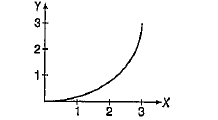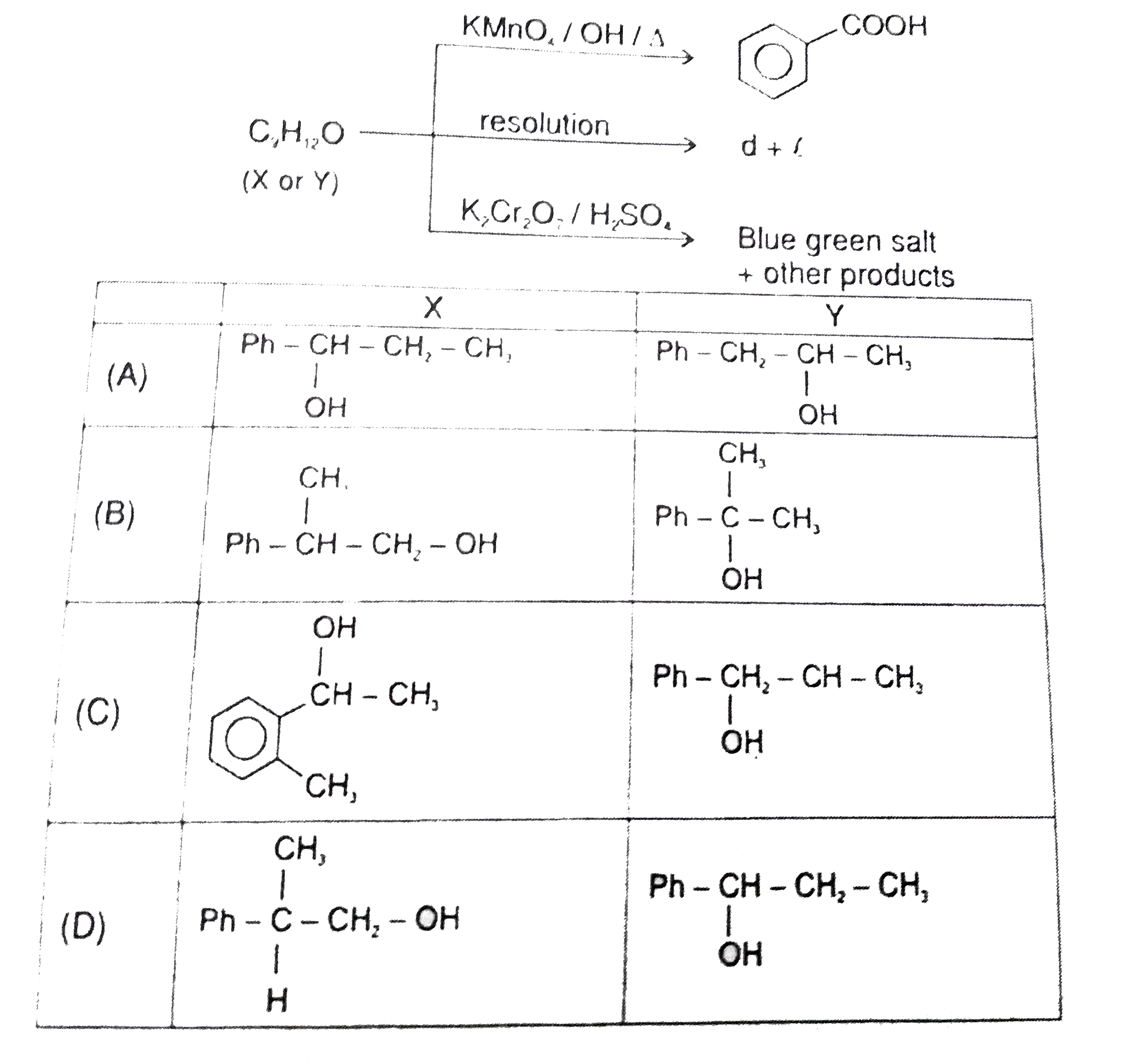A nucleus is represented by . Identify the possible elements with such a nucleus.
To solve the problem of identifying possible elements represented by the nucleus 2yyX, we will follow these steps:
Step 1: Understand the notation
The notation 2yyX indicates:
- y is the atomic number (number of protons).
- 2y is the mass number (total number of protons and neutrons).
Step 2: Relate mass number and atomic number
The mass number (A) is given by the formula:
\( A = Z + N \)
where:
- \( A \) is the mass number,
- \( Z \) is the atomic number,
- \( N \) is the number of neutrons.
In our case:
\( 2y = y + N \)
Step 3: Solve for the number of neutrons
Rearranging the equation gives:
\( N = 2y - y = y \)
This means that the number of neutrons is equal to the atomic number.
Step 4: Identify possible elements
Now we need to identify elements where the number of neutrons is equal to the number of protons (atomic number). This occurs for certain elements in the periodic table.
- For Carbon (C):
- Atomic number (Z) = 6,
- Mass number (A) = 6 + 6 = 12 (which is 2*6).
- For Nitrogen (N):
- Atomic number (Z) = 7,
- Mass number (A) = 7 + 7 = 14 (which is 2*7).
- For Oxygen (O):
- Atomic number (Z) = 8,
- Mass number (A) = 8 + 8 = 16 (which is 2*8).
Conclusion
The possible elements with the nucleus represented by 2yyX are:
- Carbon (C)
- Nitrogen (N)
- Oxygen (O)
The notation 2yyX indicates:
- y is the atomic number (number of protons).
- 2y is the mass number (total number of protons and neutrons).
The mass number (A) is given by the formula:
\( A = Z + N \)
where:
- \( A \) is the mass number,
- \( Z \) is the atomic number,
- \( N \) is the number of neutrons.
\( 2y = y + N \)
Rearranging the equation gives:
\( N = 2y - y = y \)
This means that the number of neutrons is equal to the atomic number.
Now we need to identify elements where the number of neutrons is equal to the number of protons (atomic number). This occurs for certain elements in the periodic table.
- Atomic number (Z) = 6,
- Mass number (A) = 6 + 6 = 12 (which is 2*6).
- For Nitrogen (N):
- Atomic number (Z) = 7,
- Mass number (A) = 7 + 7 = 14 (which is 2*7).
- For Oxygen (O):
- Atomic number (Z) = 8,
- Mass number (A) = 8 + 8 = 16 (which is 2*8).
The possible elements with the nucleus represented by 2yyX are:
- Carbon (C)
- Nitrogen (N)
- Oxygen (O)
Topper's Solved these Questions
- STRUCTURE OF THE ATOMBOOK - MTG IIT JEE FOUNDATIONCHAPTER - STRUCTURE OF THE ATOMEXERCISE - EXERCISE (SUBJECTIVE PROBLEMS -LONG ANSWER TYPE )
10 Videos
- STRUCTURE OF THE ATOMBOOK - MTG IIT JEE FOUNDATIONCHAPTER - STRUCTURE OF THE ATOMEXERCISE - EXERCISE (INTEGER / NUMERICAL VALUE TYPE)
5 Videos
- STRUCTURE OF THE ATOMBOOK - MTG IIT JEE FOUNDATIONCHAPTER - STRUCTURE OF THE ATOMEXERCISE - EXERCISE (SUBJECTIVE PROBLEMS -VERY SHORT ANSWER TYPE )
15 Videos
- PERIODIC CLASSIFICATION OF ELEMENTS BOOK - MTG IIT JEE FOUNDATIONCHAPTER - PERIODIC CLASSIFICATION OF ELEMENTS EXERCISE - EXERCISE (INTEGER/NUMERICAL VALUE)
4 Videos
Similar Questions
Knowledge Check
Identify the possible structure of X and Y
 A
A B
B C
C D
D
Nucleus pulposus represents
ARemains of notochordBArea of ossificationCRegion of non-ossificationDArea resistant to frictional damage.A nucleus represented by the symbol .AZX has.
AZ neutrons and A−Z protonsBZ protons and A−Z neutronsCZ protons and A neutronsDA protons and Z−A neutrons
The nucleus of a gaseous element is represented as 2yyX. This gas is used in weather observation balloons. Identify the element.
View SolutionA nucleus .22990X under goes α-decay and β-decay and the resultant nucleus is .18173Y. Find number of β-decay.
View SolutionIn the figure represents a parabola. Identify the physical quantities representing X and Y for constant acceleration.

View SolutionFor the decay of nucleus, the possible reason which is not true
View SolutionEvery nucleus, of a given element, has the same number of
View Solution

